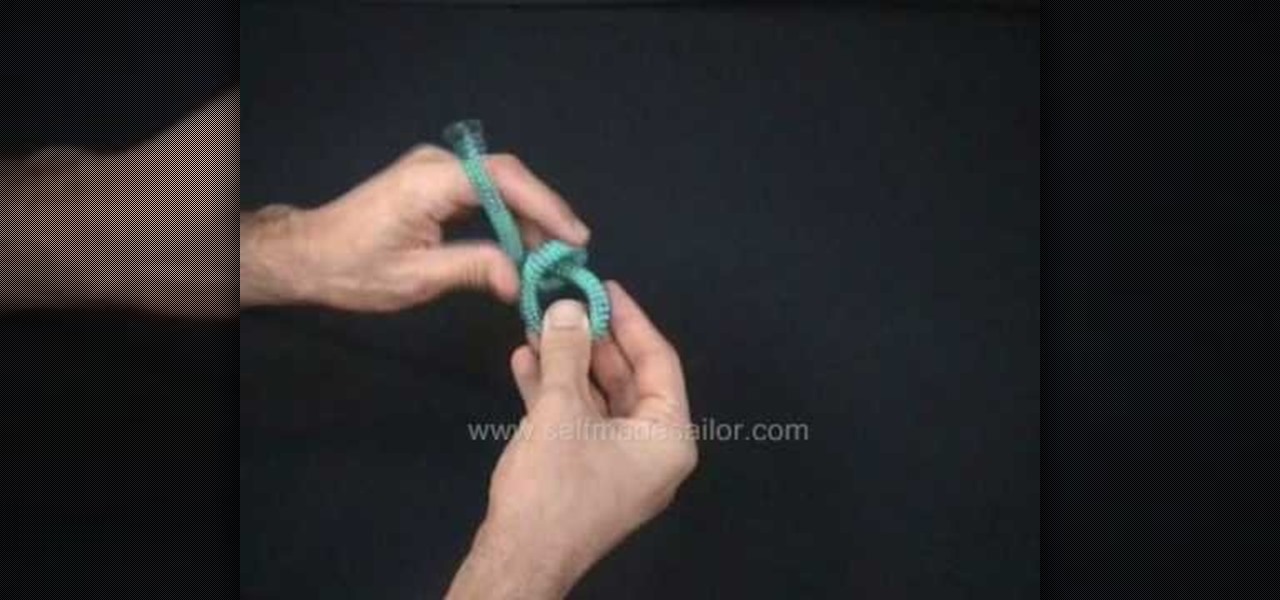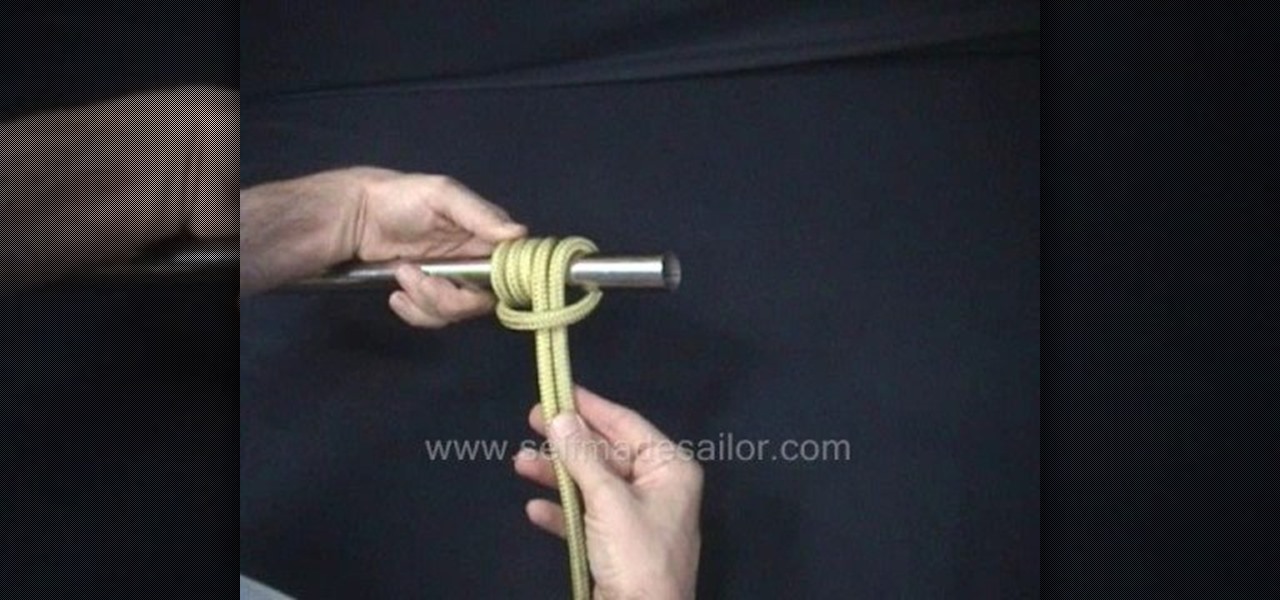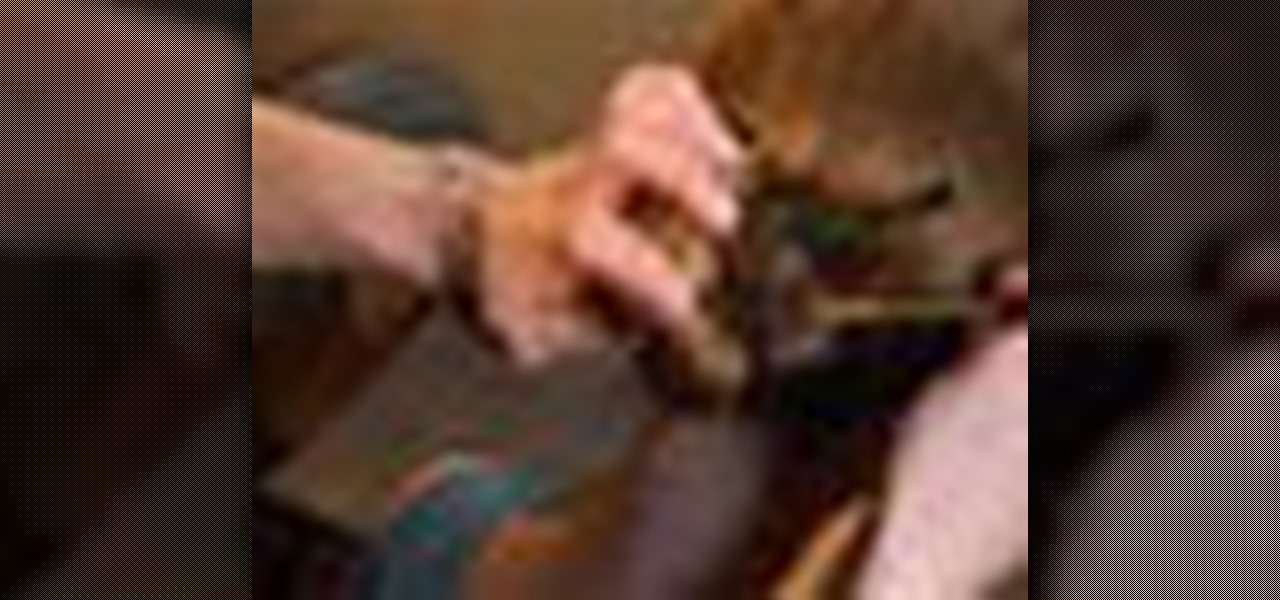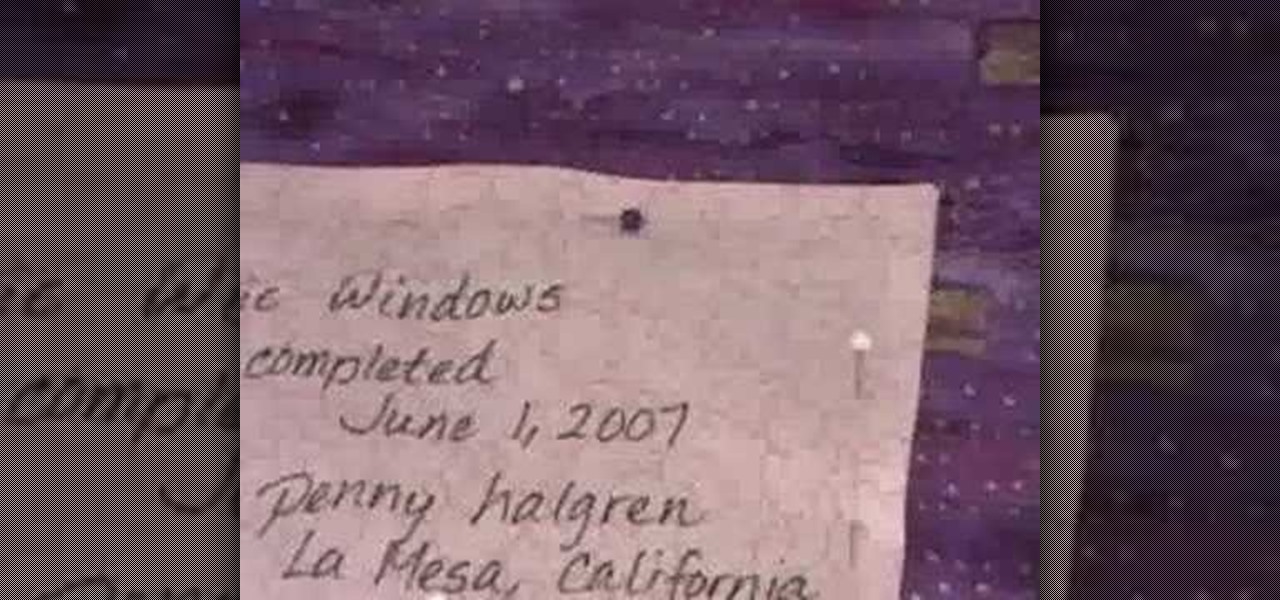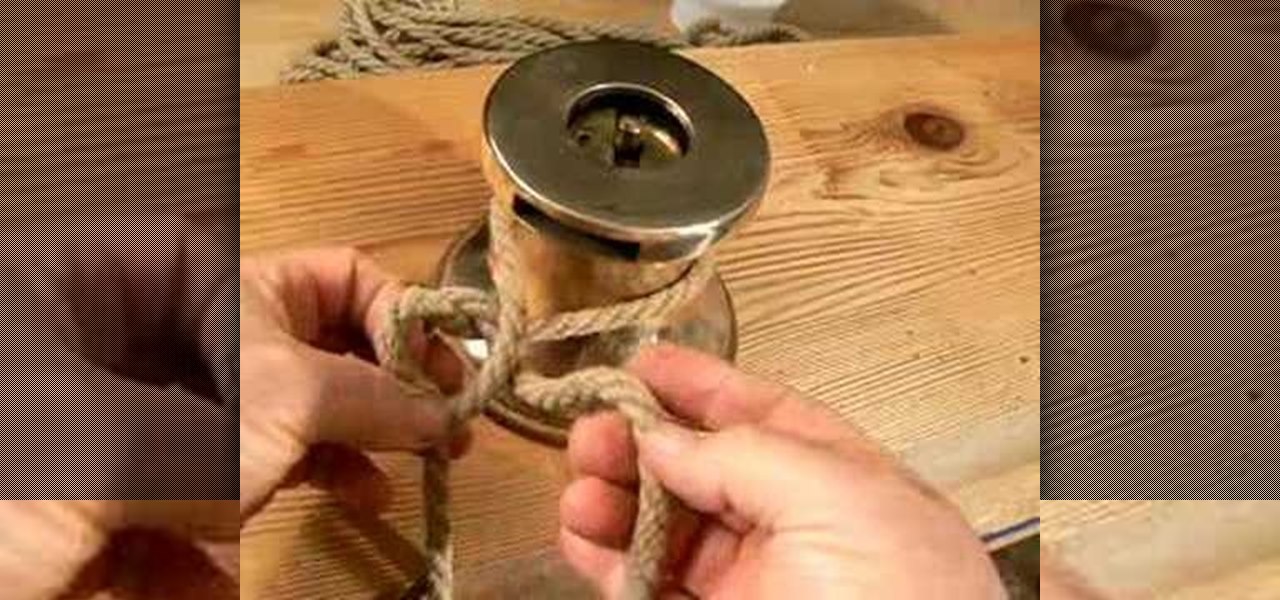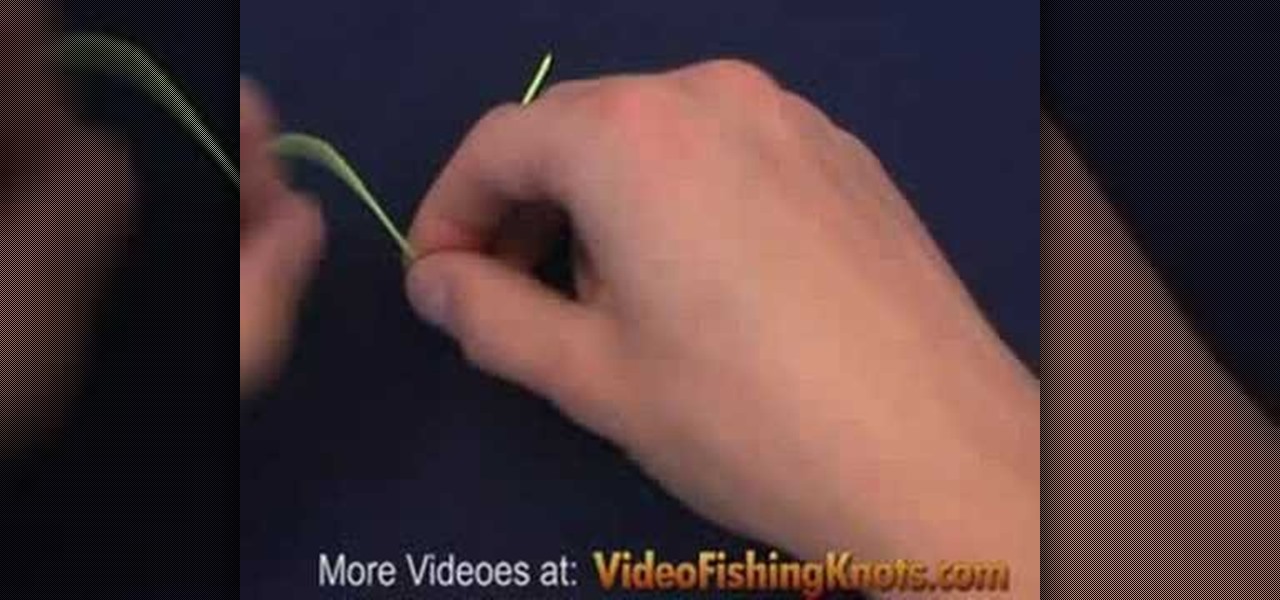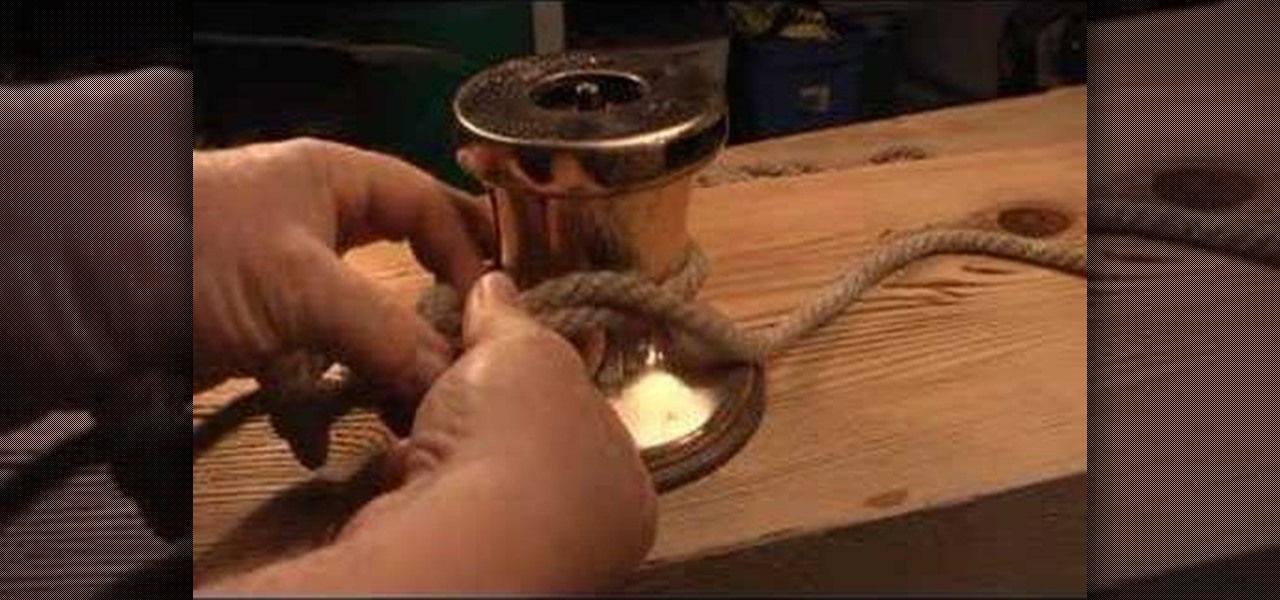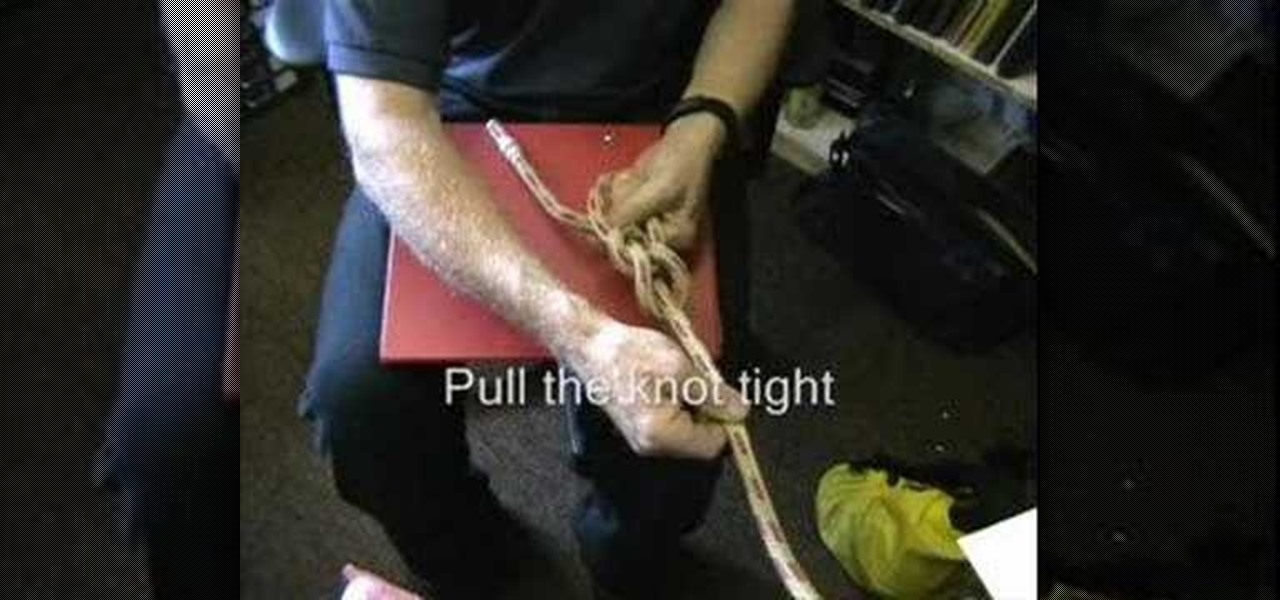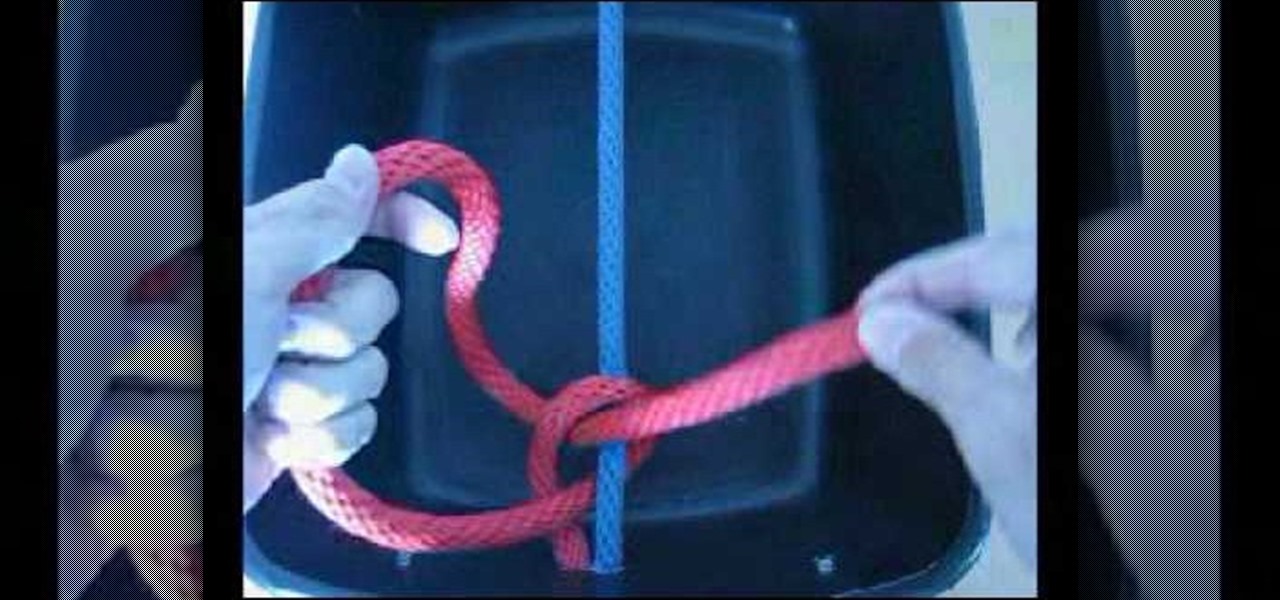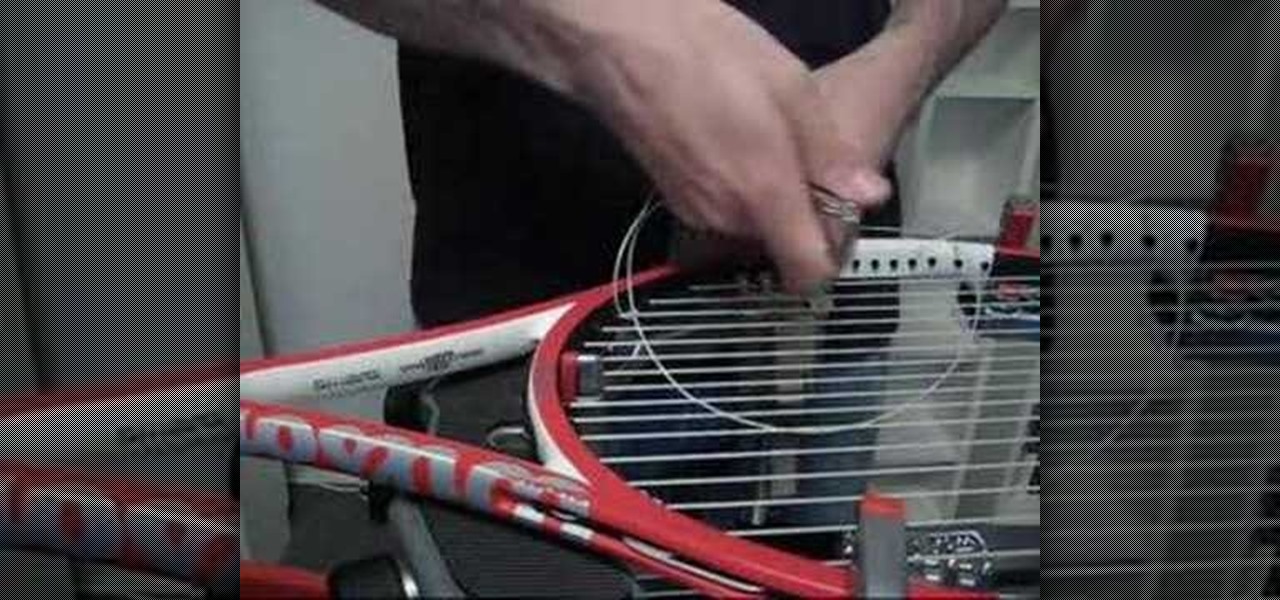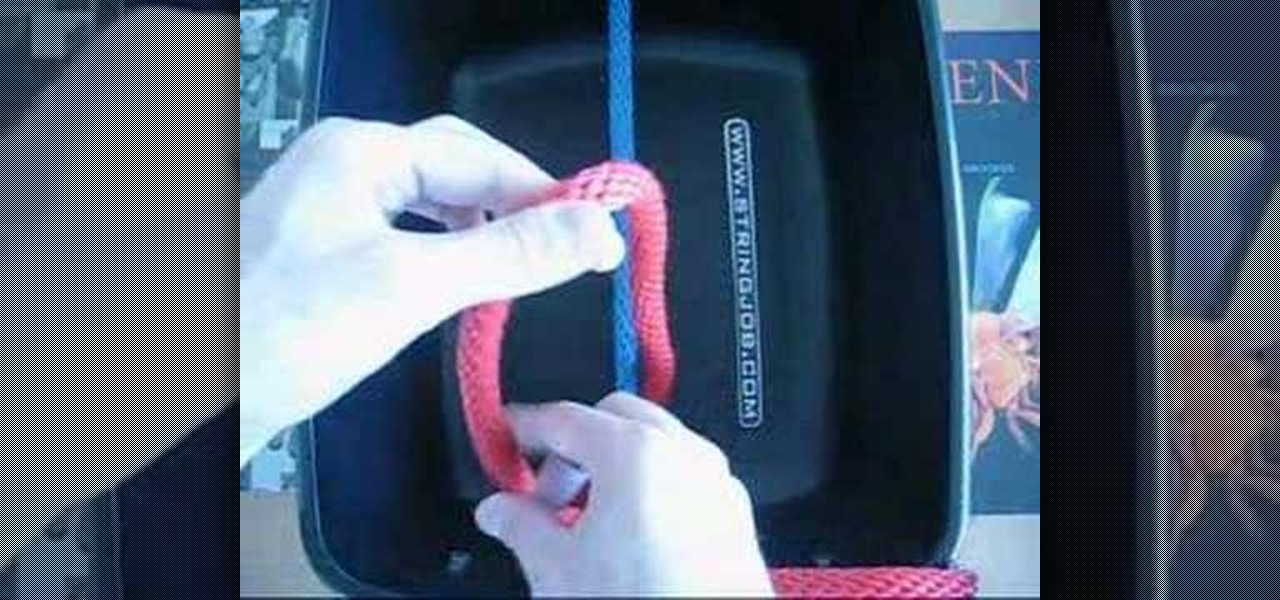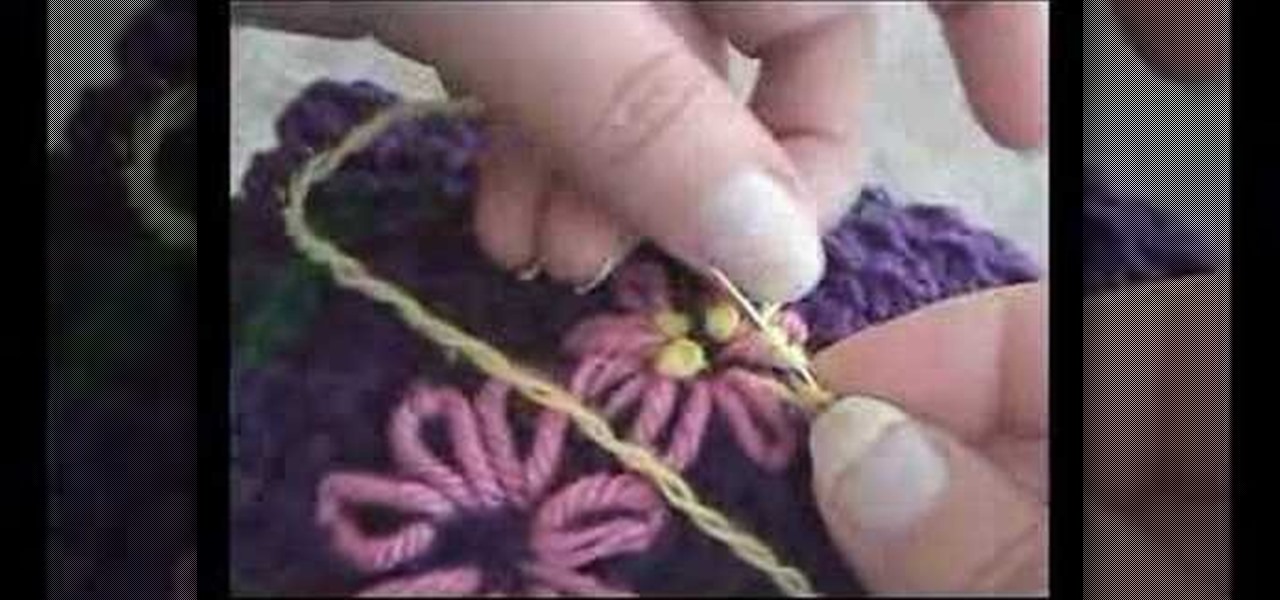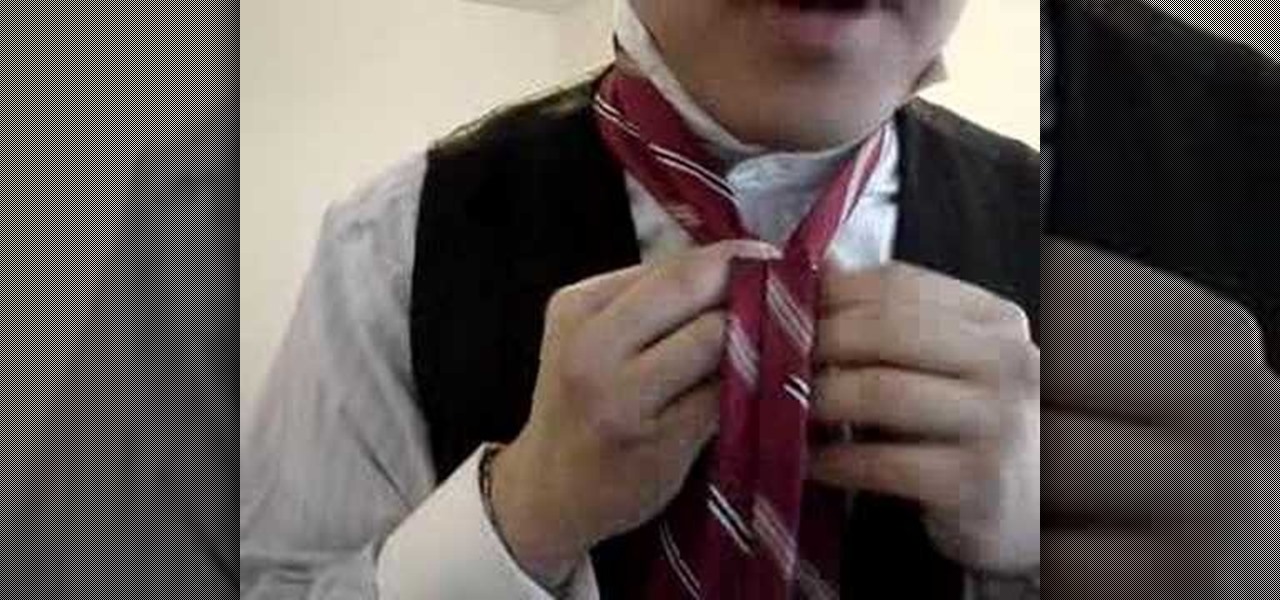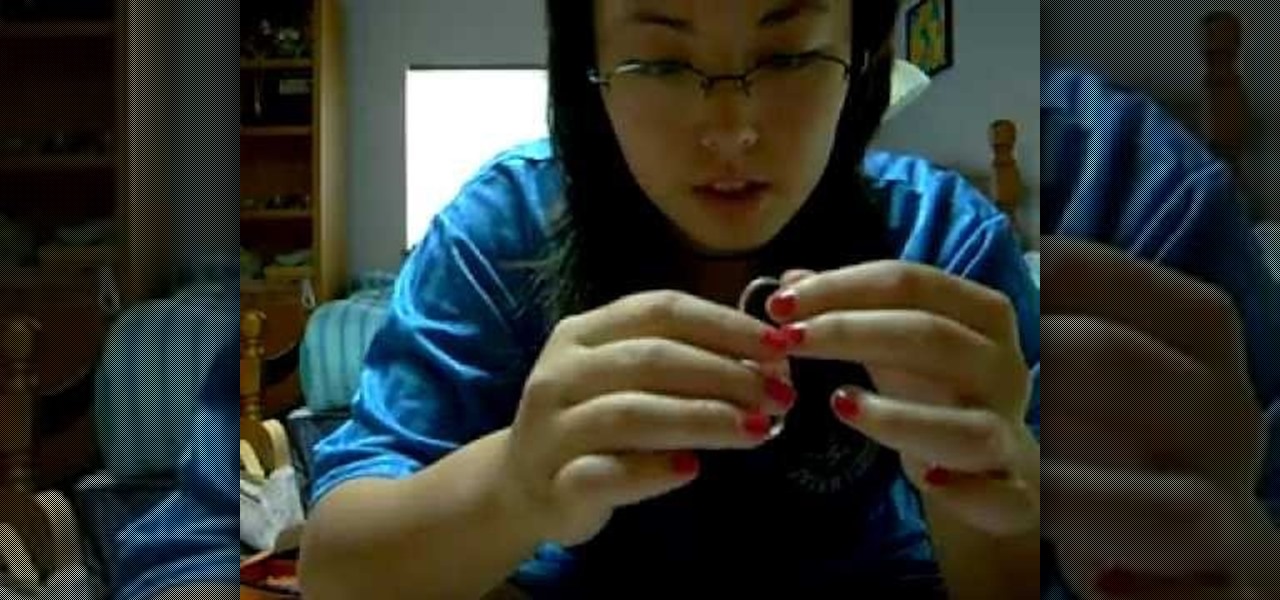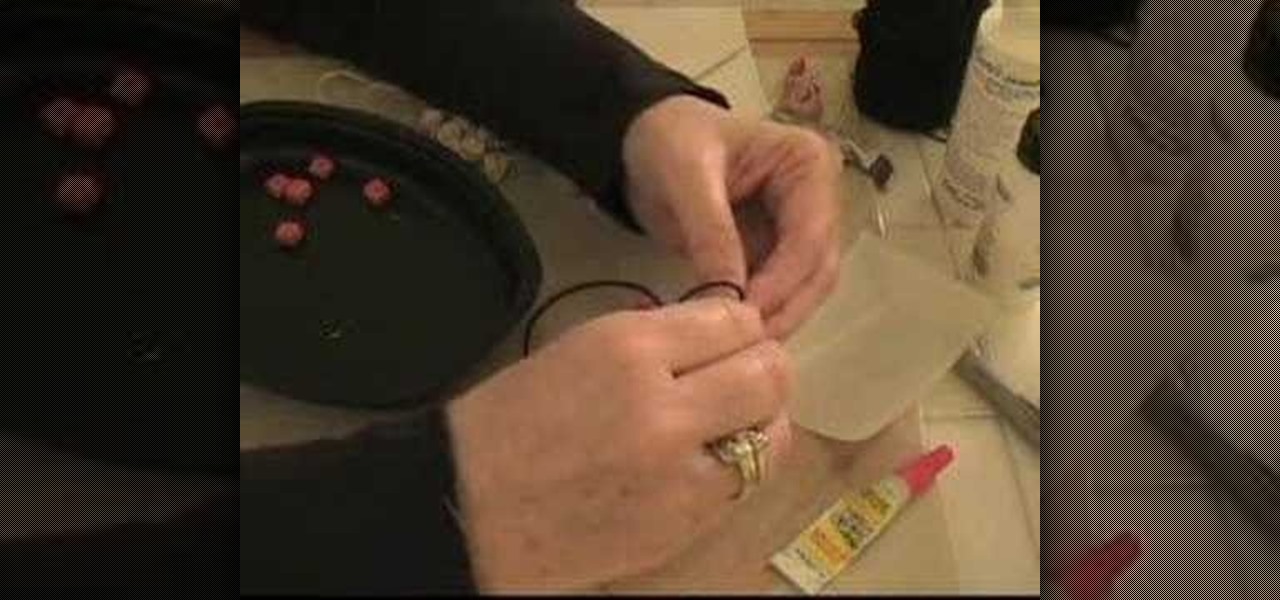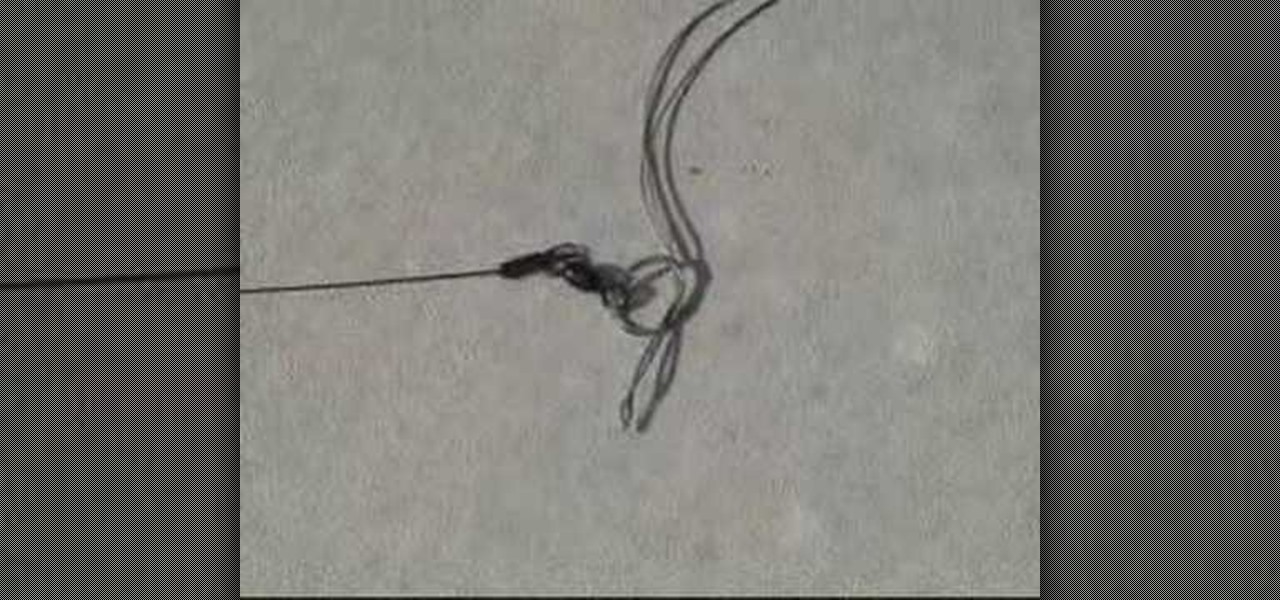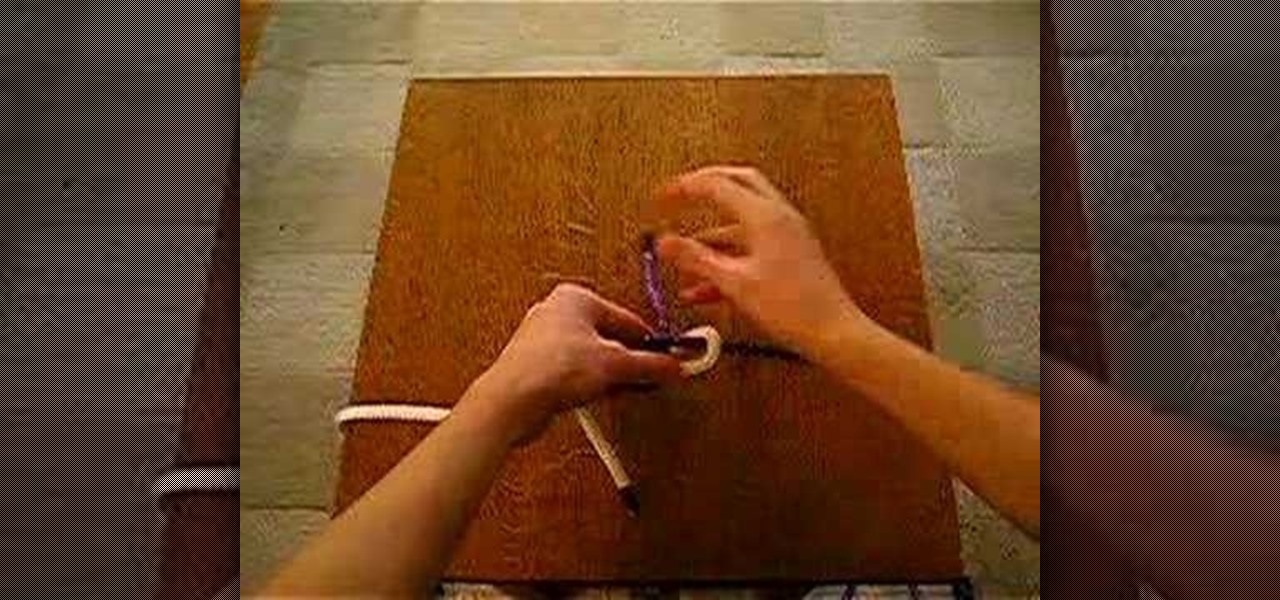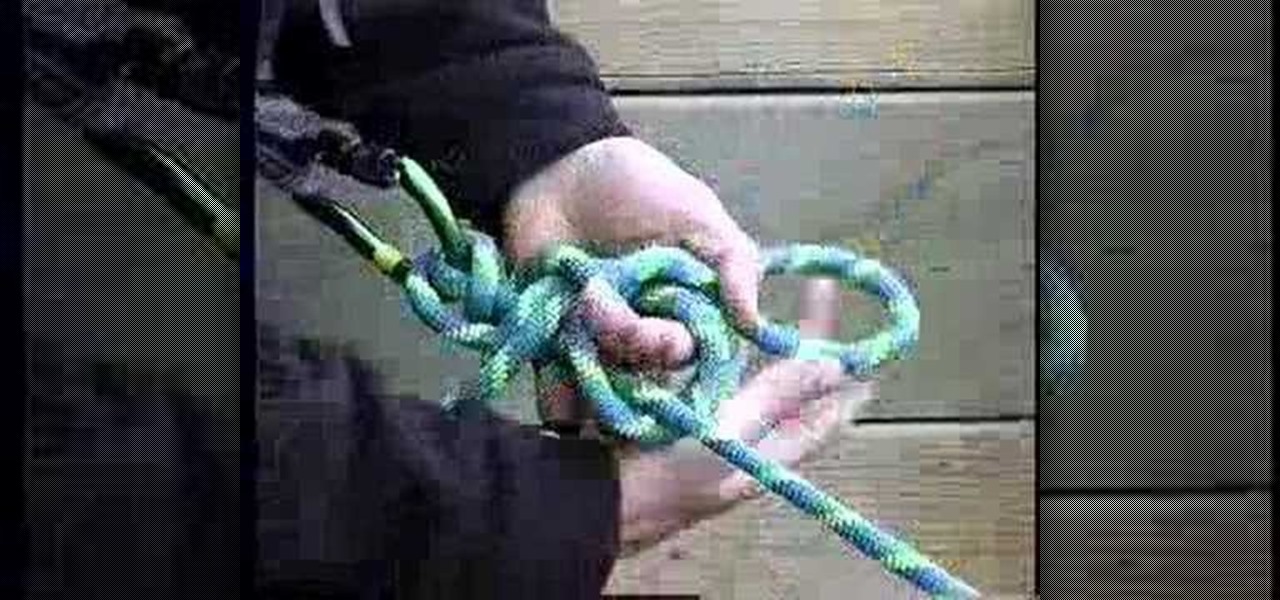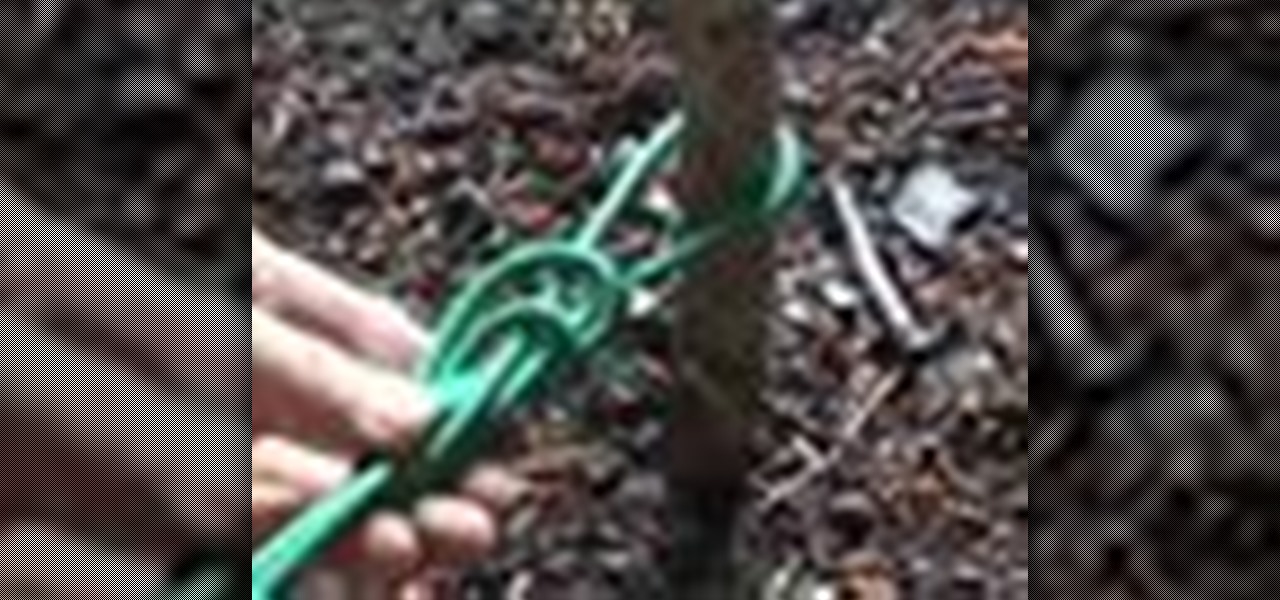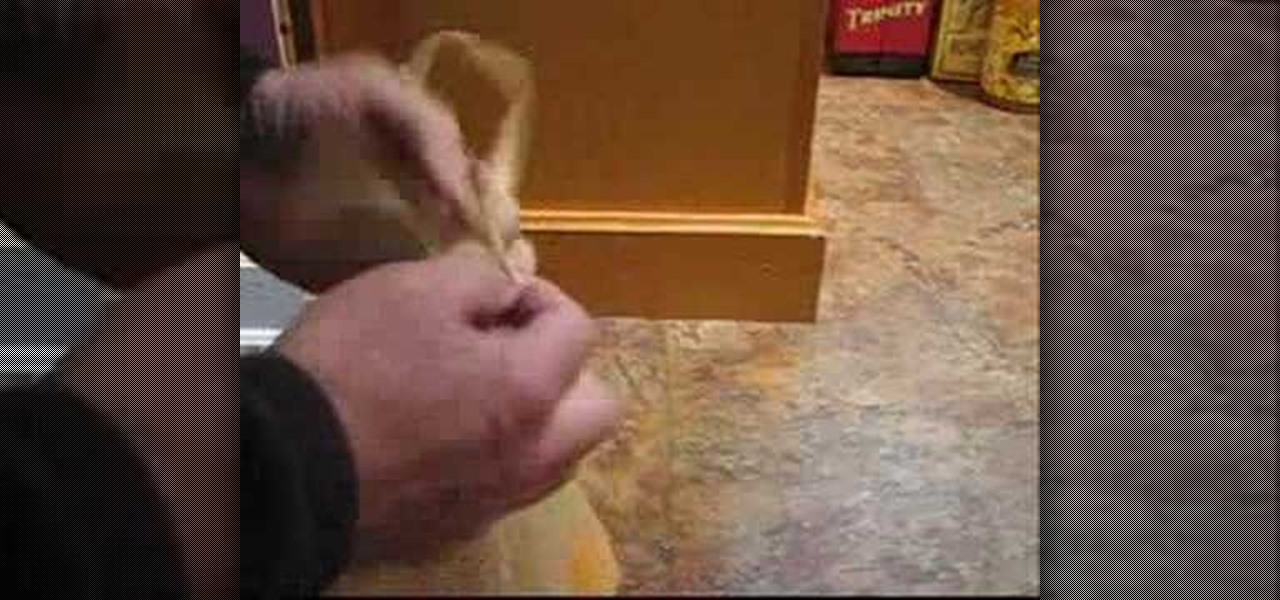
Have you ever wondered how to tie a slip knot on your grocery bags? When we go to the grocery store, the clerks always tie the bags in a carrying knot. With this easy to follow video, tying these knots is made easy. Knots always seem perplexing, but now they are easy to do. This is a must watch video for anyone who goes shopping.
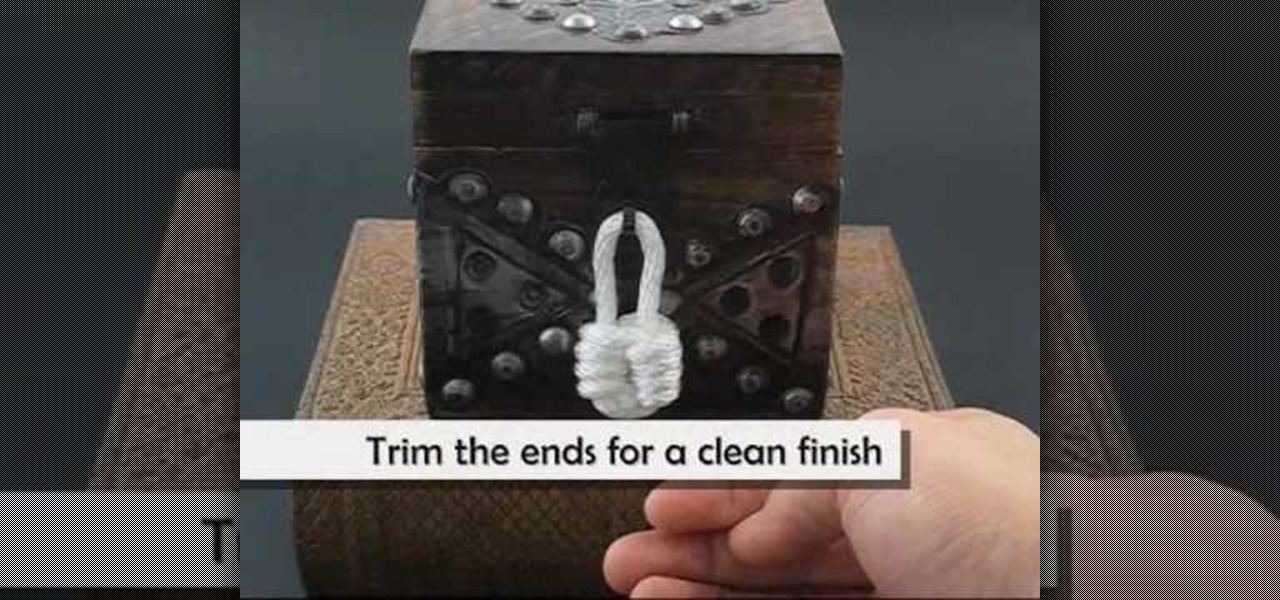
The padlock knot is designed to look like a padlock, but without the actual function of one. In order to tie this knot take your rope or string and fold it in half. After you have done that make a loop with both sides of the rope making sure you leave a loop at the top. Put the two loops together the one in the front turning clockwise and the one in the back counter-clockwise. Make sure to leave a hole in the center for the rope to pass through. Now wind each piece of rope through the hole in...
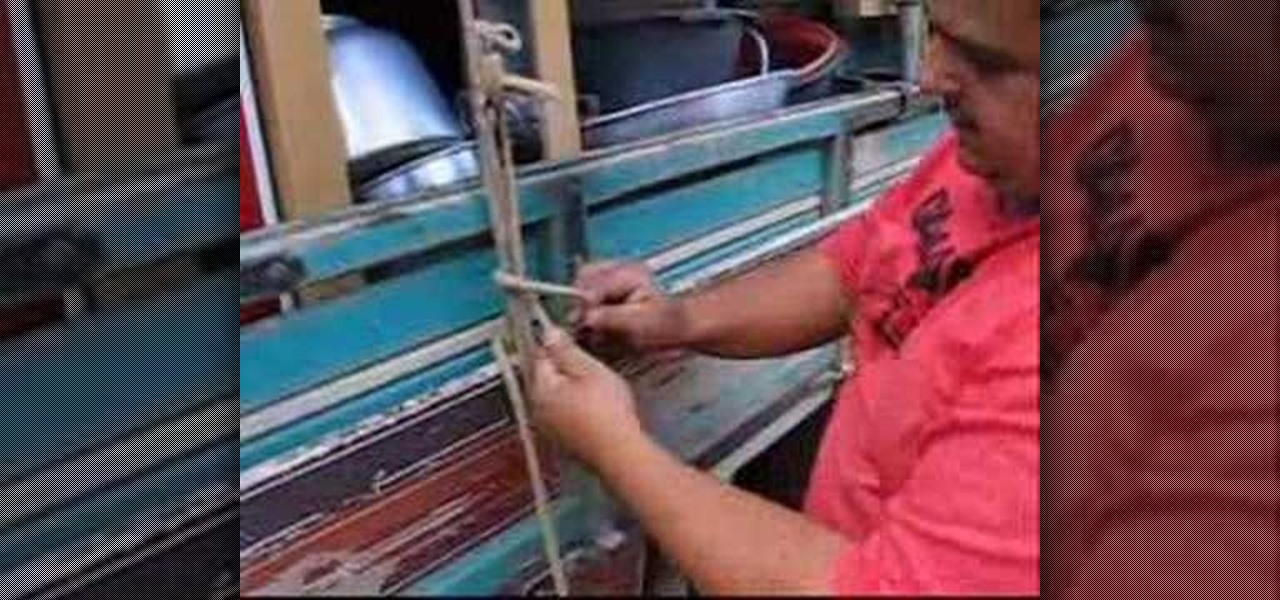
Professional truck driver, Yesterday Irmani, teaches us how to tie a time honored, weight sustaining knot, for transportation purposes.

The snell knot is a good knot for various uses, including tying fishing line. It's pretty simple to learn, and it's strong enough that those fish won't stand a chance. In this video tutorial, the folks at ITS Tactical show you how to tie a snell knot like the pros.
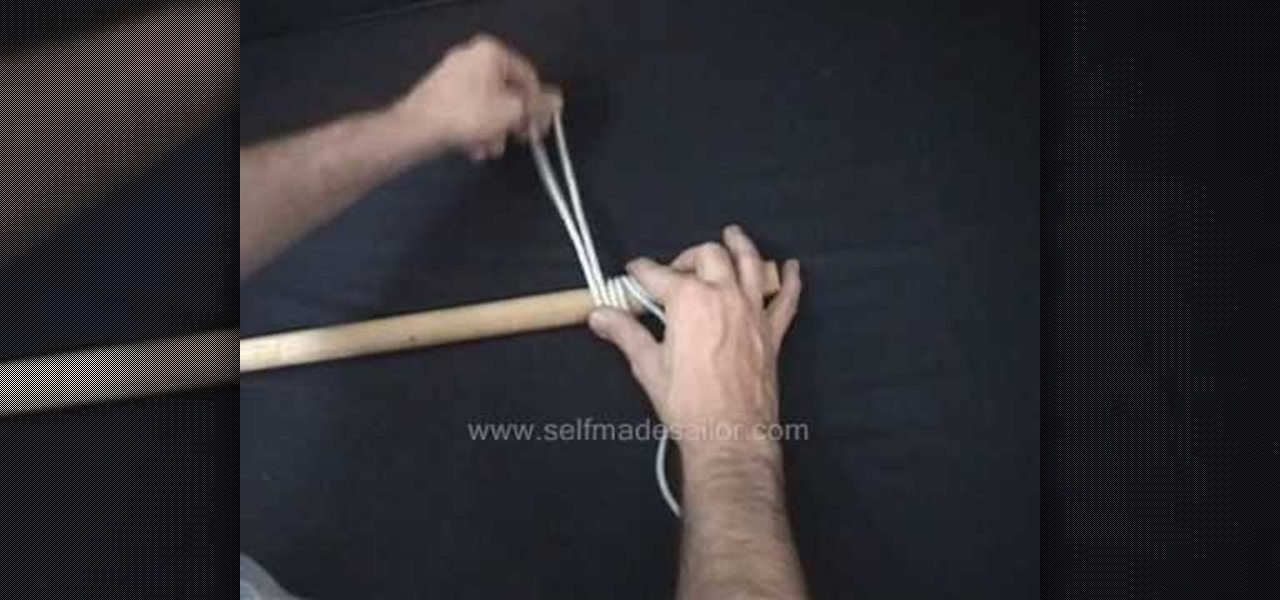
Learn how to tie a Klemheist Hitch - This is a gripping knot made using a loop of small diameter rope applied to the main line or object. It greatly resists slipping when the pull is parallel to the main line. This is a good knot for sailing, boating, general outdoors and even bondage.
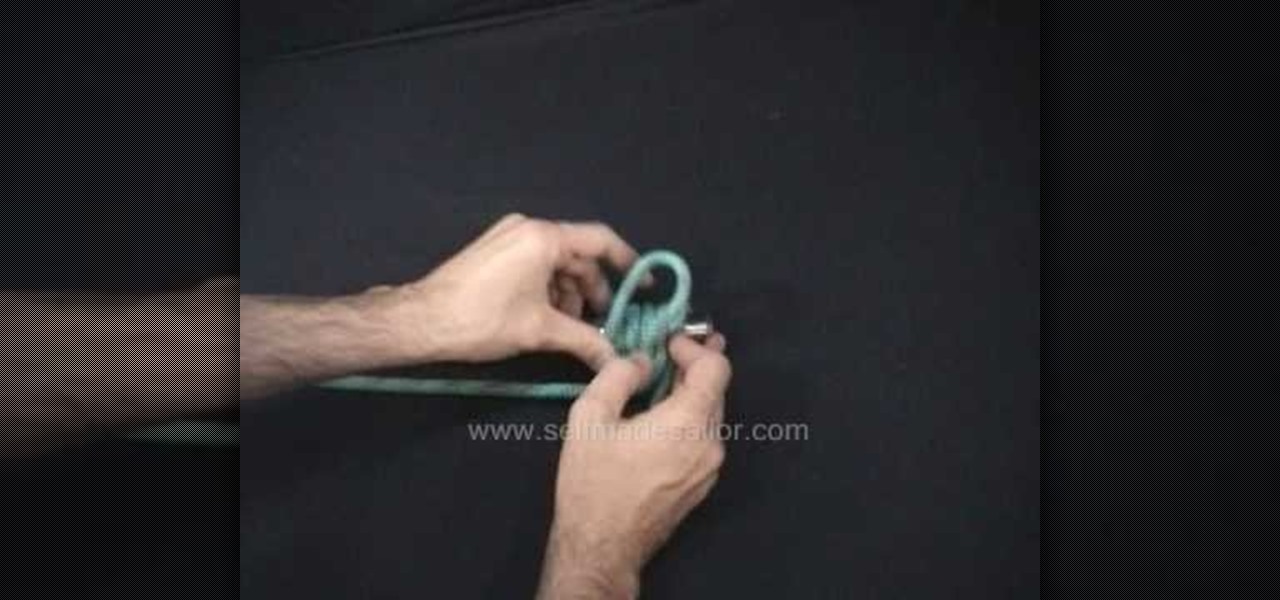
Learn how to tie an Icicle Hitch - A superb gripping knot that strongly resists slipping, stainless steel or other smooth surfaces, when the pull is parallel to the object to which it is tied. This is a good knot for sailing, boating, general outdoors and even bondage.

Learn how to tie a Stopper Knot - A quick way to form a stopper at the end of a line to prevent it from pulling through a block or other object. This is a good knot for sailing, boating, rock climbing, general outdoors and even bondage.

Learn how to tie a variation on an Icicle Hitch - This version can easily be tied in the middle portion of the fixed object with no need to pass a bight over the end. The Icicle Hitch is a knot with far greater holding power than a Rolling Hitch, used to secure a rope to a railing, pole, or another rope where the direction of pull is along the length of the fixed object. This knot greatly resists sliding and slipping. This knot can be used in sailing, boating, general use, camping and bondage.

The modern knot is an updated version of the classic chignon. Here’s how to get the look. You Will Need:

This how-to video goes over basic surgery techniques for third year medical students. The knot tying demonstrated in this video are vital to any surgical rotation. Follow along and learn how to tie square knots. This square knot presentation is demonstrated by the UMD School of Medicine.

See how to tie a knot in your thread for hand sewing. This knot can easily be hidden inside a quilt. This is a simple quilting lesson, but worth taking the time to learn properly. You don't want your quilt falling apart at the seams.

Hitches are knots that are relatively adjustable, so they're not usually used for intense securing. The highwayman's hitch, as demonstrated in this how-to video, comes untied very quickly and easily by pulling on the release loop. Watch this video knot-tying tutorial and learn how to tie a variant of the highwayman's hitch knot.

Check out this video to learn how to tie another version of the pegged bowline. In this case, the running end of the rope is run around behind the standing part as though it were going to be finished in the usual manner, but is instead pegged on the loop. Watch this video knot tying tutorial and learn how to tie a version of the pegged bowline knot.

The Rapala Knot is the knot that the Rapala brothers recommend to use with Rapala lures. The Rapala Knot attaches the lure with a loop at the end of the line. The loop will allow the lure to move freely and naturally. The Rapala brother also emphasize that the line is attached directly to the eye of the lure without the use of a snap or swirvel. Again this is to insure a natural movement. Follow along with this HowTo video tutorial to learn how to tie a rapala loop the next time you go fishing.

This how-to video demonstrates a way of tying a bowline to adjust the snugness of the bowline on your winch or whatever you have tied it to. Tie the bowline as usual. Pull the top of the eye and the bottom of the turn apart then pull on both of the strands exiting the loop to capsize the knot. Then snug it up and reset it. Watch this video knot-tying tutorial and learn how to tie an adjustable bowline knot.

This how-two knot-tying video has been created by Paul Collingridge of Guildford College. It is used as an instructional video for tree surgery students. Bowline knots are useful for boating, rock-climbing, and any time a relatively strong looped end is needed. Check out this video survival-training tutorial and learn how to tie a bowline knot.

Make It Mine Magazine editor Linda Augsburg shows you how to make French knots. A French knot takes the place of a dot in embroidery. Watch this video embroidery tutorial and learn how to make a French knot.

Take a look at this instructional video and learn how to tie a PC knot for your tennis racket. This knot is used to finish off mains or crosses, so tension can't be pulled directly to it.

Take a look at this instructional video and learn how to tighten your knots on a tennis racket. This tutorial also covers the Parnell knot, which is is a knot used to finish off your crosses or mains. You'd want to start off with a single hitch knot.

Take a look at this instructional video and learn how to tie a standard starting knot. As the name suggests, this knot is used for starting off your crosses and can withstand direct tension. It's not something your want to use for the end of your mains or crosses on the racket.

Take a look at this instructional video and learn how to tie a bulky knot. This is a starting know and tension can be pulled directly to it. Keep in mind that this knot is not for the end of your mains and crosses.

Take a look at this instructional video and learn how to tie a Parnell Knot. This knot is used for restringing a tennis racket when you're finishing up mains or crosses. Because of this, you don't want to pull tension directly to it.

Watch this video to learn how to perform impossible knot magic trick. This tutorial will teach you to make knot without moving your hands.

Knotting techniques are essential to learn for cord, leather, or even wire jewelry. A professional looking knot serves functional purposes, and can eliminate the need for clasps, closures, or attaching pieces. Learn how to tie a slip, slide, and lark's head knot by watching this video jewelry-making tutorial.

Add even more personal touches to your handmade crochet items. This how to video is a tutorial on how to embroider crochet projects using French knot stitches. You can embroider just about anything with the French knot stitch. Watch and learn.

This how to video teaches the tie knot from the Matrix 2. It's like no other tie knot out there. Get a cool, unique look with this style tutorial.

In this how to video learn to tie a tie in this unique style called an "Ediety" knot. In order to get the color change in the knot you have to cut and sew two ties together. Get a slick new look with this tutorial.

Here is a step by step tutorial video on how to solve the Celtic knot ring puzzle. Put your Celtic knot ring puzzle back together!

Learn how to string and knot onto a nylon wire and also how to make a macrame slide knot.

Check out this video to learn the preferred knot Muskie Matt uses to tie leaders to a "superline" while muskie fishing. A uni-knot does not slip.

Use this knot to add weight to a rope or to stop a rope from slipping through a hole. There is just way too many possibilities for this knot. You should run out and get some rope, right now.

This "double sheet bend knot" is the same as the sheet bend, except that is has an extra turn to make it extra secure. Use this knot instead of the sheet bend if you have springy or slippery lines.

The "halyard hitch knot" is a very tidy looking knot that binds tightly under a load.

The "Nicky" is related to the "Pratt" and provides an excellent compact, medium sized symmetric knot. The "Nicky" is a very practical knot which can be used with most any tie.

This is a very useful belay knot. I have seen people wandering around with 3 or 4 belay devices on their harness and could never figure out why. It is like technology is going to solve eveything for you. Get back to basics and learn the fundimentals of climbing. This knot is certianly one of those.

Really nothing more then a slightly more complex single fishermans knot. I know of no research stating that one knot is stronger then the other. You are more likely to use this when hooking two climbing ropes together to rappell. You would also use this for joining cordalette end together to form a loop.

Andrew Price demonstrates several knots useful for bushcraft and wilderness survival. Learn how to tie the reef knot, clove hitch, half hitch, bowline knot, climber's knot, and how to lash knots together.

Use this knot to attach the fly to your tippet when you want a loop that allows the fly to move freely. It gives streamers, nymphs, and popping bugs a deadly action. Don't use the nonslip loop knot on dry flies or on hooks smaller than a #12.

The Albright knot is used for tying two fishing lines with different diameters to one another. The Albright knot is can be used whenever you need to tie two fishing lines together.

The arbor knot is mainly used for tying the fishing line to the reel spool. The arbor knot is easy to learn and works well with thicker fishing lines.








